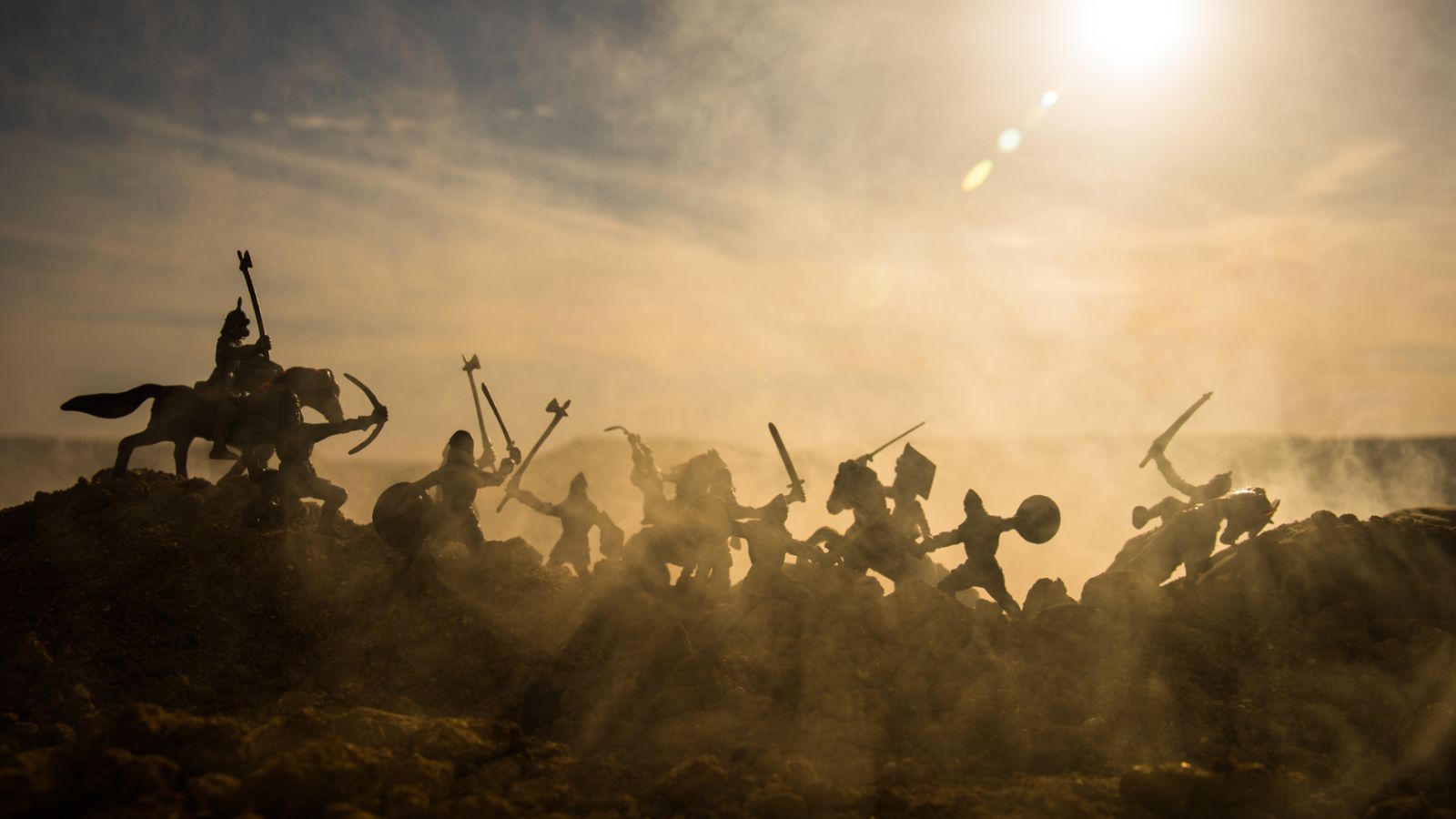We often think medieval times sound romantic or exciting, but they were actually pretty terrible. Food was often scarce, medicine was severely underdeveloped, and you could be persecuted for just about anything. To prove how scary medieval times were, we’ve compiled 18 chilling facts about daily life back then.
Life Expectancy was Low
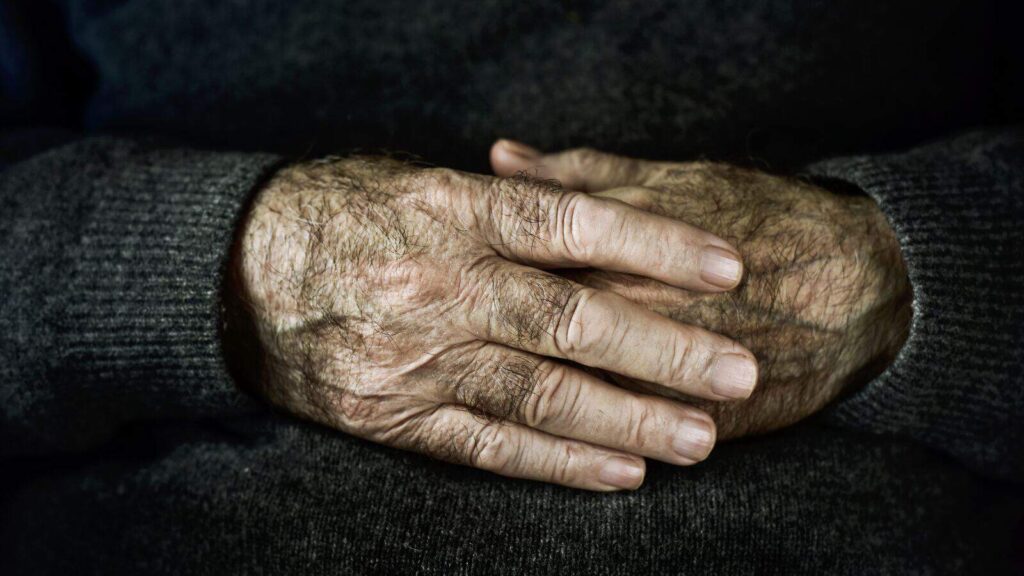
Nowadays, life expectancy is high at 79 years old, but it was far lower in the medieval era. Most people lived between 20 and 30 years, depending on their circumstances. Wealthier people sometimes lived longer so long as they didn’t catch a deadly illness like the plague. For those who did hard labor, life was short.
Execution was Deliberately Painful

Medieval execution was bad enough if it was something quick, like beheading, but many methods were deliberately painful. You could be hung, drawn and quartered, or stretched and bludgeoned on a wheel. Smithsonian Magazine describes one of the worst, the ‘blood eagle’, which involved splitting bones and skin outward to form grotesque wings.
Torture was a Common Punishment

If you were imprisoned in medieval times, you were usually guaranteed a fate worse than death: torture. The cruelest torture devices included the rack, which dislocated the body, thumbscrews, used to crush thumbs, and the boot, used to break feet. Sometimes rats were set to burrow through a victim’s body!
Bread Could Kill You
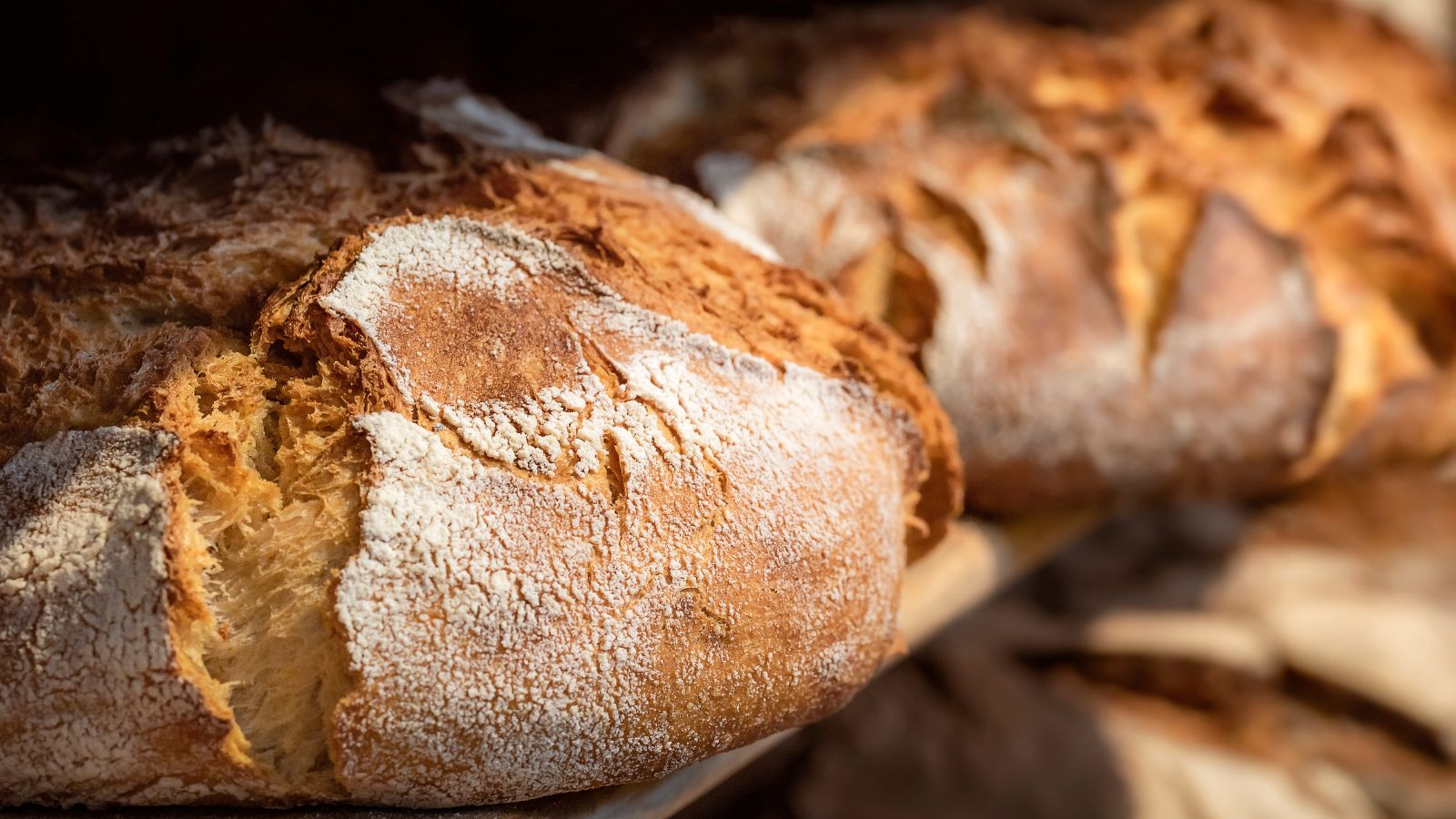
It’s a myth that medieval folk ate rotten food, but bread was often deadly. Many people contracted ergotism from bread that was contaminated with a fungus commonly found in rye, and thousands died. Ergotism caused gangrene, vision problems, convulsions, and vomiting, but people often had no option but to eat bread.
Rumors Were a Death Sentence

Nobody likes being gossiped about, but it was a death sentence in the medieval era. Many women were accused of witchcraft for bizarre reasons, like being argumentative, unmarried, middle-aged, or intelligent. They were ‘tested’ by being dunked underwater; if they floated, they were sentenced to death by burning.
Almost Everyone Had Lice

Lice are nothing new. Almost everyone suffered with them during medieval times, including King Henry IV, who apparently had lice during his coronation in 1399! Open sewage systems madethe water dirty, so pests like lice thrived and got into people’s hair when they washed. The itchiness was often unbearable.
Public Humiliation was Acceptable
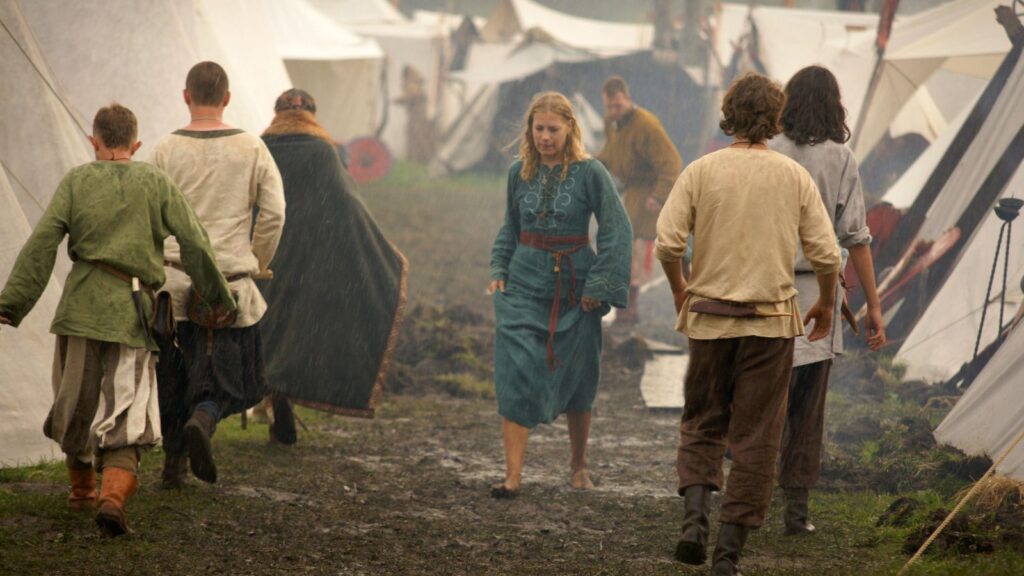
The Walk of Shame wasn’t a cruel punishment invented by Game of Thrones; it was a real-life medieval method of public humiliation. According to JSTOR Daily, these shame parades, known as ‘charivari’, were designed to mock and humiliate people in the streets for violating social or sexual norms.
Peace was Rare

Sadly, war still happens today, but it was the norm in the medieval period. Commoners and noblemen alike could be conscripted to fight in wars over land, politics, and religion, resulting in hundreds of thousands of deaths. Medieval warfare could be brutal, and some wars went on for years.
Bodily Fluids were Used in Medicine
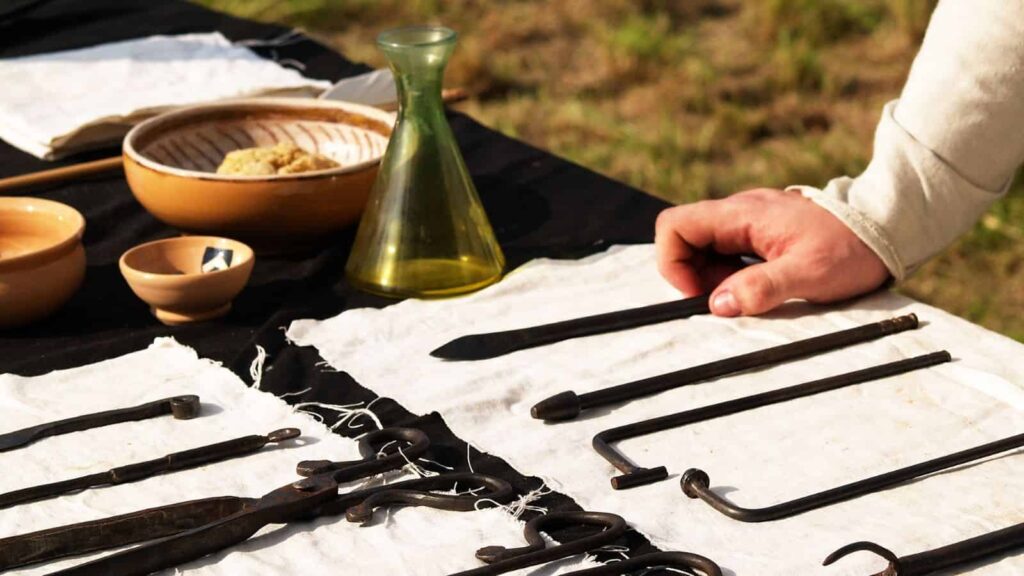
It sounds disgusting and unhygienic now, but back in medieval times, bodily fluids from both humans and animals were used in medicine. Some historians believe human urine was used to treat and sterilize wounds, particularly battle wounds. Sometimes, pregnant women had eagle’s dung rubbed on their bodies to induce childbirth!
Dental Work was Agonizing
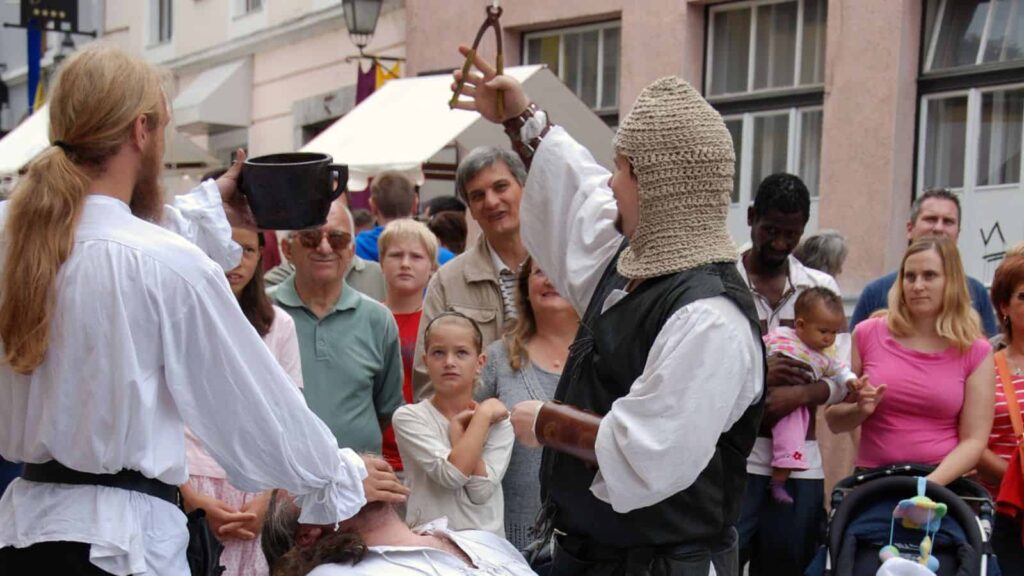
Nobody enjoys visiting the dentist, but it was the epitome of agony in the medieval era. People believed that toothaches and cavities were caused by worms eating away at teeth from the inside. Their solution? Inhale the fumes of burned henbane seeds or burn the teeth and gums themselves.
Children Left Home Young
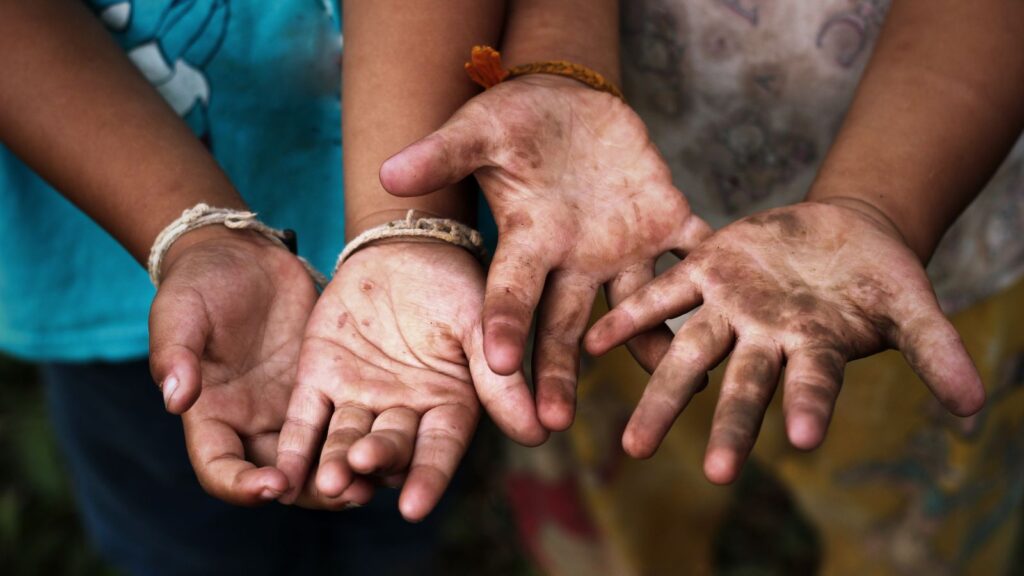
Unfortunately, children had to work just as hard as their parents during medieval times, which included leaving home shockingly young. Many left home at seven years old to go to work! Adulthood was believed to begin around age 12, so children didn’t get to be children for long and had to support their families.
Murder Rates Were High

Medieval life was bloody, and not just due to brutal torture and execution laws. History Extra estimates that homicide levels in medieval England were 10 times what they are today! Murder between citizens was also common due to drunken behavior and frustrating personal circumstances pushing people to violence.
You Could Be Slaughtered For Your Religion
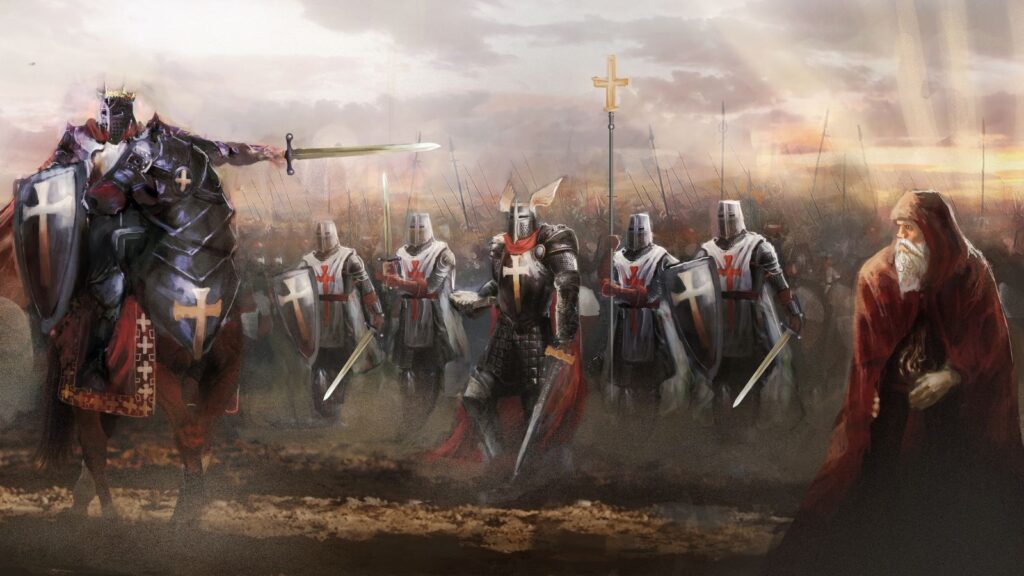
Many medieval wars were fought over religious differences, leading to devastating massacres. The most famous were the Crusades, fought between 1096 and 1300, which saw Christians and Muslims fight over land in the Middle East. People belonging to both religions were ruthlessly slaughtered for their beliefs and supposed ‘sins’.
The plague was Unavoidable and Lethal
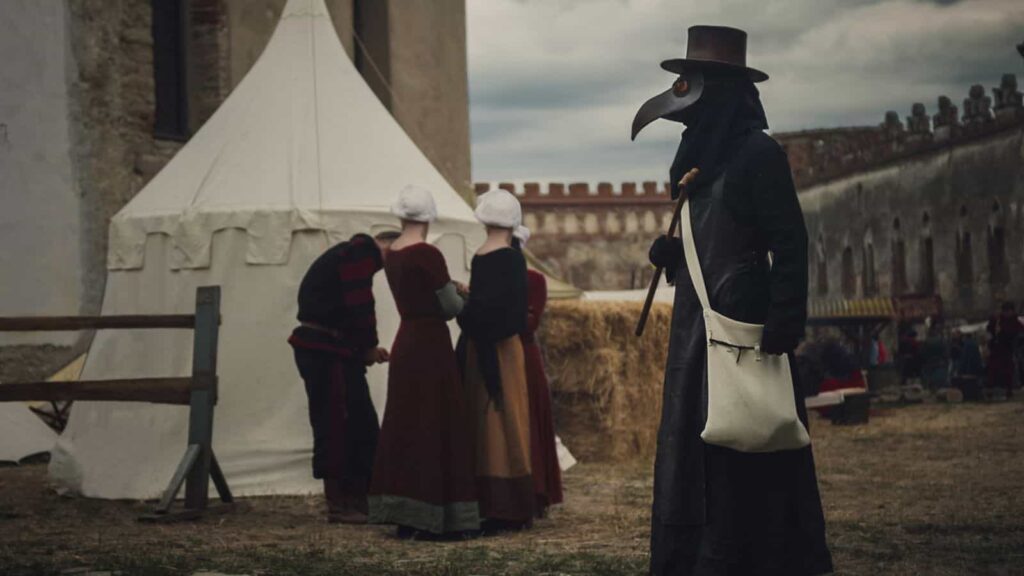
If there’s one thing we associate with the medieval period, it’s the plague. Named the Black Death due to the 50/50 chance of survival, the plague claimed millions of lives. The plague was caused by bacteria from black rats, and by the time most people realized they’d caught it, it was too late.
Many People Starved

As if dying due to poor sanitation, rats, war, and murder weren’t chilling enough, millions of people also died from starvation during the medieval era. The Great Famine only lasted two years, from 1315 to 1317, but it was devastating. People became weaker as they starved, so they struggled to work and fight off illness.
Sewage Contaminated Drinking Water

Many people believe medieval people emptied chamber pots of human waste into the streets, but that waste had to go somewhere. Science Magazine describes sewage flowing into the river, contaminating an entire city’s drinking water. It was terrifyingly easy to die from drinking disgusting, dirty water back then.
You Could Be Buried Alive

Being buried alive is a real, if irrational, fear nowadays, but it was a terrifying reality back in medieval times. Sometimes, when people were sick, they became unconscious and were wrongly assumed to be dead. Then, they’d wake up after being buried alive. This terrible fate prompted the later invention of the safety coffin.
Dancing Could End in Death

One of the most chilling yet interesting medieval tragedies was the Dancing Plague of 1518. Up to 400 people took to the streets dancing and seemingly could not stop. An undetermined number of people actually danced themselves to death! Hysteria was said to be the cause, but it remains a mystery to this day.
Up Next: 18 Reasons Why Men Get Grumpier As They Age

You might read this and be able to relate, or you may feel you’ve become grumpier the older you’ve gotten. Or maybe you know of a male friend or relative who has. Here are 18 reasons why men get grumpier as they age.
18 Reasons Why Men Get Grumpier As They Age
17 Products Millennials Refuse to Buy and It’s Affecting the Economy

Millennials have been the center of so much media attention due to their spending habits. Their unique ways of spending have built up and crushed many traditional industries. In this article, we look at 17 things millennials stopped buying and how that has impacted society.
17 Products Millennials Refuse to Buy and It’s Affecting the Economy
Where Even Truck Drivers Won’t Stop

Truck drivers tend to be hardy souls—well-seasoned travelers who aren’t often afraid to rest up or refuel in risky locations. However, there are certain U.S. locations that even the most road-weary trucker refuses to stop at for fear of criminal activity or natural dangers. Here are 17 such locations that even experienced truck drivers approach with trepidation (or not at all).

